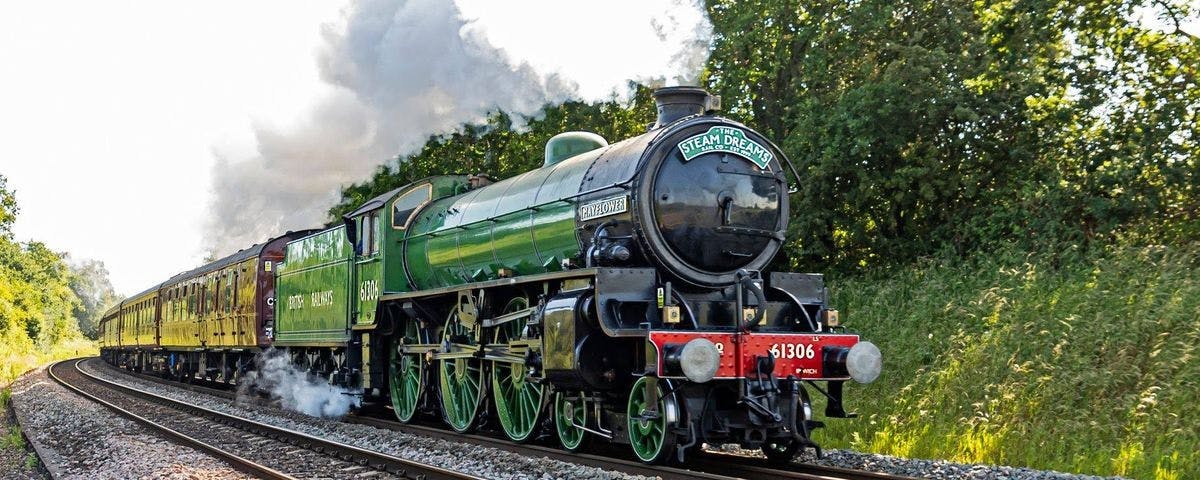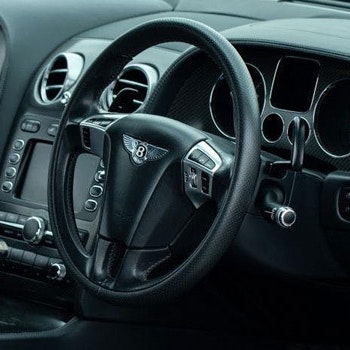Back in the 20th century, becoming a steam train driver was the equivalent of being a Premier League footballer. While there’s no denying that it takes years of practice and knowledge to learn how to operate a steam train, the more familiar you become with the various controls, the easier the ride. Here we’ll break down some of the steps involved in getting a steam train moving.
Before anything else, it’s important to understand that generally most steam engines use a coal fire as its source of energy to boil the water and produce the steam that drives the locomotive. In most cases, water is stored in a car behind the locomotive called the “tender” which contains spare water supply as well as coal.
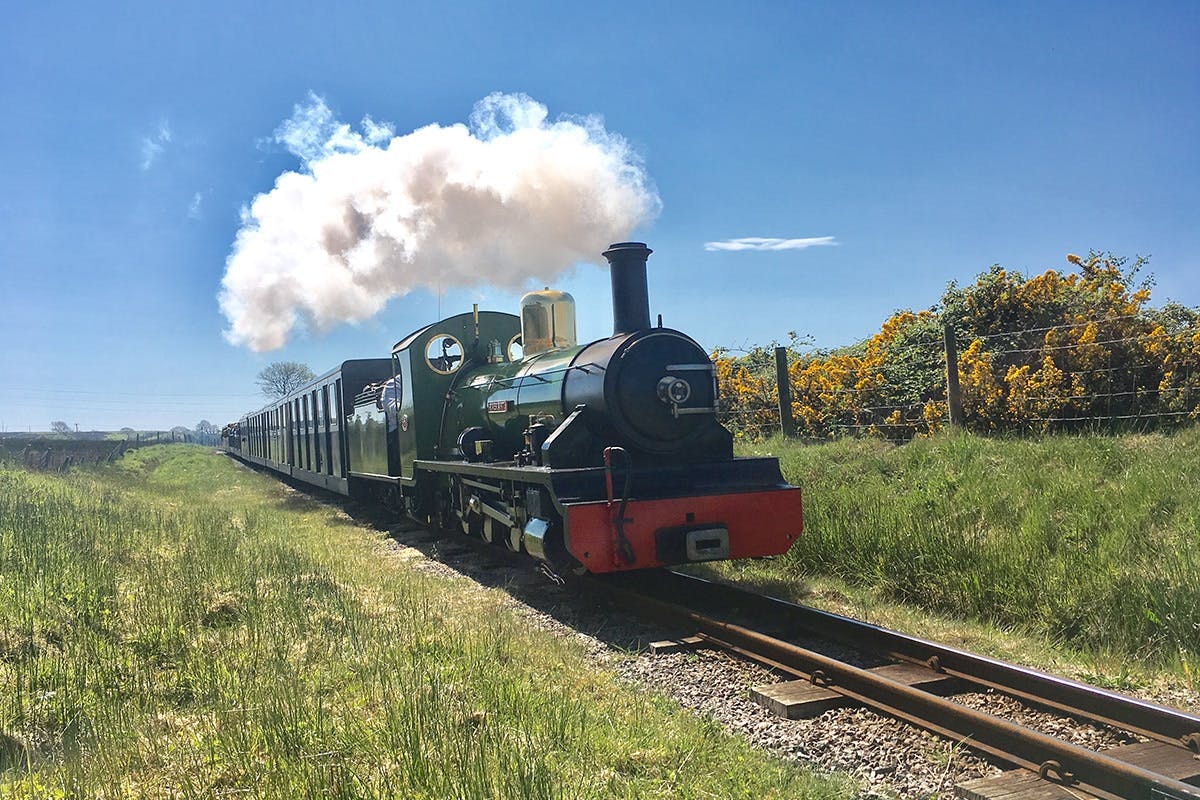
Pre-departure checks
Before you can even think about moving, you need to check first that the previous day’s fire has been cleaned out and there’s no remaining soot or cinders. Once you’ve got yourself a sparkling clean engine, you’ll light a fresh fire and begin the steam-raising process gently. Another important pre-departure check is ensuring that your planned route is clear of obstructions.
When it comes to operating, many companies split the jobs across various crew members. One individual is responsible for being the “fireman” maintaining the boiler pressure and keeping the water level in the boiler at a safe level whilst ensuring there’s enough steam to last the journey. Simultaneously, the “engineer” is responsible for operating the locomotive and train cars with full control of the throttle, brakes and the direction of travel.
1. Launch the Johnson bar forward
So, you’re in the cockpit ready for action. The first step is to grab the very large Johnson bar, also called a “reverser”, that will either be in front or beside you. It has a very important role of controlling the timing of steam being admitted into the cylinders. Clutch the release handle and drive it all the way forward and let go to lock it into place.
2. Get things rolling with the cylinder cocks
A real necessity on any steam train. It’s important to have these cylinder cocks opened as it is where steam is expelled through when the engine begins to move. They can either be opened via a medium-sized valve which must be turned all the way clockwise or via a lever that must be pulled back. While many companies like to invite spectators to this process, the cylinders should not be left open for too long and closed as soon as the water has been cleared.
3. Start the operation of the headlights
To help warn pedestrians of an approaching train, more and more steam trains became fitted with headlights. Initially fuelled by oil lamps or steam generators, the front headlights of today are generally fuelled by electricity. They can be found either above you in a large, semi-circular box or on a wall and are operated by sliding the handle all the way to the front. In some cases, the headlights are even used to determine what type of steam train it is.
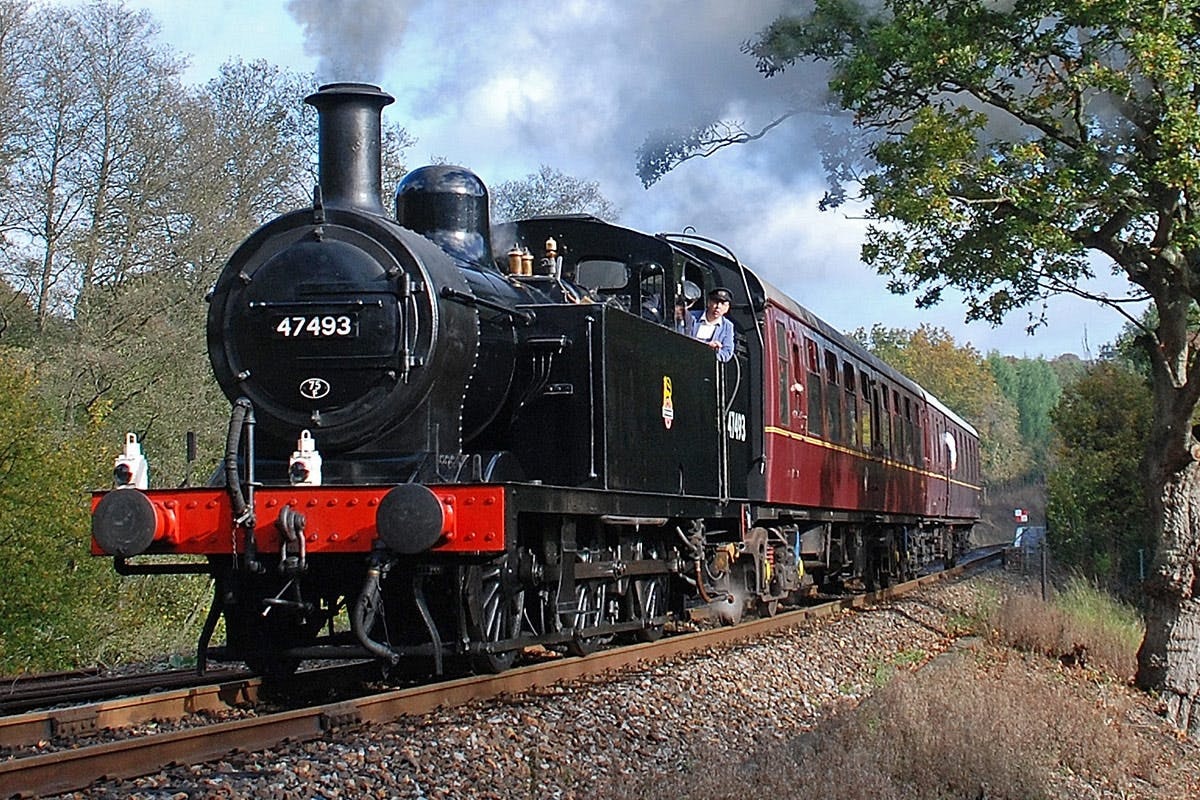
4. Blow the whistle to show your intentions
Whistles are vital in the steam train world as distinct combinations of long and short whistles each have specific meanings. When you’re ready to move forward, you’ll need to blow the whistle which will either be a cable or handle, located above your head or on the boiler. Quickly pull down (or however your whistle operates) twice on the lever in quick succession to make the steam sound out two short blasts.
5. Begin business by disengaging the engine brakes
Steam is pumped into the steam brake cylinders from the main locomotive boiler via a valve. The brakes are normally two horizontal brass levers to the left of the cockpit. To set the train in motion, the top one must be shifted clockwise in order to release the brakes on the engine.
6. Launch the throttle into action
Think of a throttle (often referred to as a regulator) like a gas pedal or accelerator on a car. It’s main responsibility is to start and move the locomotive. They can come in various shapes and sizes, located all over the cockpit but generally it’s a bar hanging above your head. This must be pulled towards you and as soon as you feel the engine jolt, quickly push it back so you don’t gain speed too quickly.
7. Re-engage the throttle
So, your throttle is pushed back to the starting position but now you’ll need to gradually open it again by pulling it forward as the steam train works up to track or line speed (that’s the predetermined safe speed for the rail line you’re on). While that’s happening, keep an eye on the cylinder cock exhaust and close them when only steam is expelled.
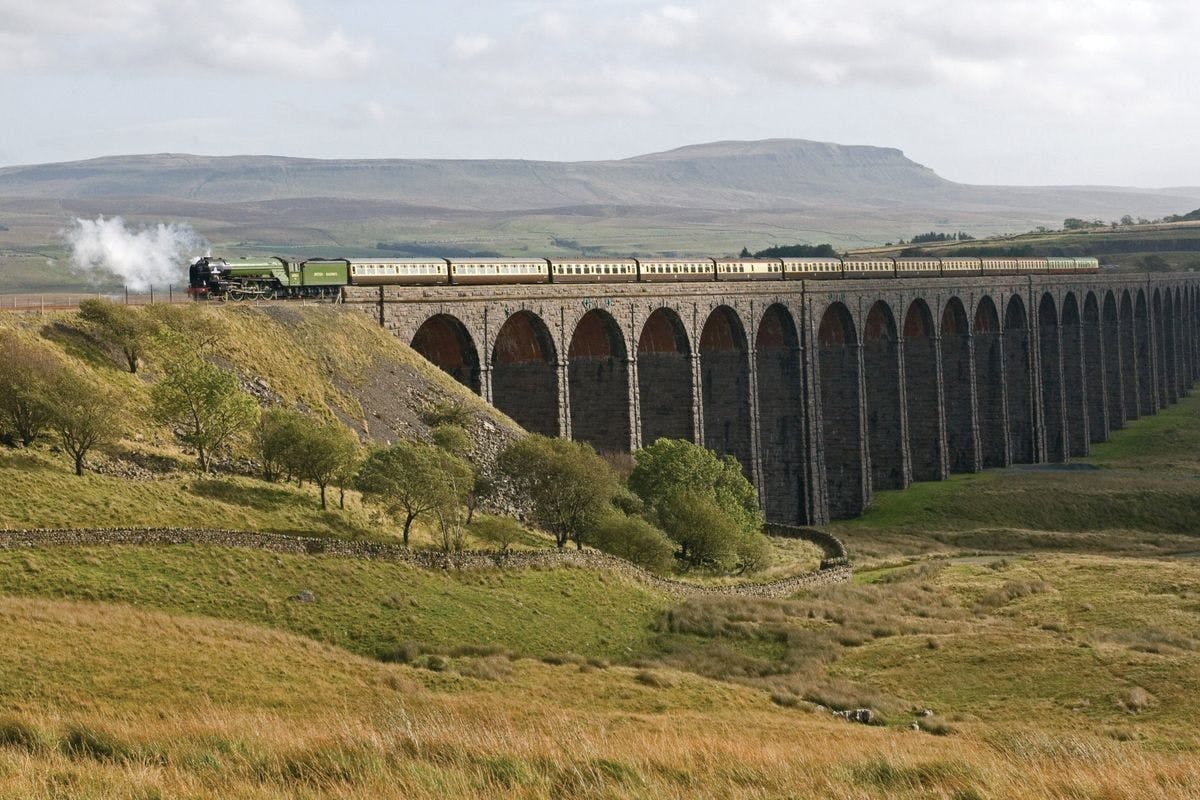
8. Move the Johnson bar slowly back towards vertical
Remember the Johnson bar from step one? It’s time to move it slowly back towards vertical but not directly vertical (you’ll learn precision is key in the steam train biz). If you haven’t already, think of the Johnson bar like the gear shift in your car that admits less steam. This bar is key for improving the locomotive’s general efficiency and prevents the fireman from being overworked shovelling coal.
9. If locomotive wheel slip occurs, shut the throttle straightaway
Allowing the wheels to slip doesn’t mean you’ll go faster; in fact if you let it happen for too long, it can lead to excess damage. It’ll damage powered wheels extensively, tear holes in a coal-fired engine and even create small hollow booms in an oil locomotive. In some cases, it can even lead to damage in the firebox which may cause the steam train to explode.
10. Don’t forget to stick to the whistle code
While you keep one eye on all the various pressures to be monitored within the cockpit, the other must stay firmly focused on the track and any landmarks like tunnels and level crossings where the whistle must be blown. If you do see an upcoming landmark like the ones mentioned or a sign, give the whistle one long blow before and start ringing the bell before a further long blast. Pause and give a short blast before blowing continuously as the train is going over the crossing only stopping whistling once you’re fully clear.
11. There’s speed limits for a reason!
If a train exceeds the line speed, it can lead to derailments, even on a straight track with no obvious obstructions. You don’t need us to tell you what this can lead to.
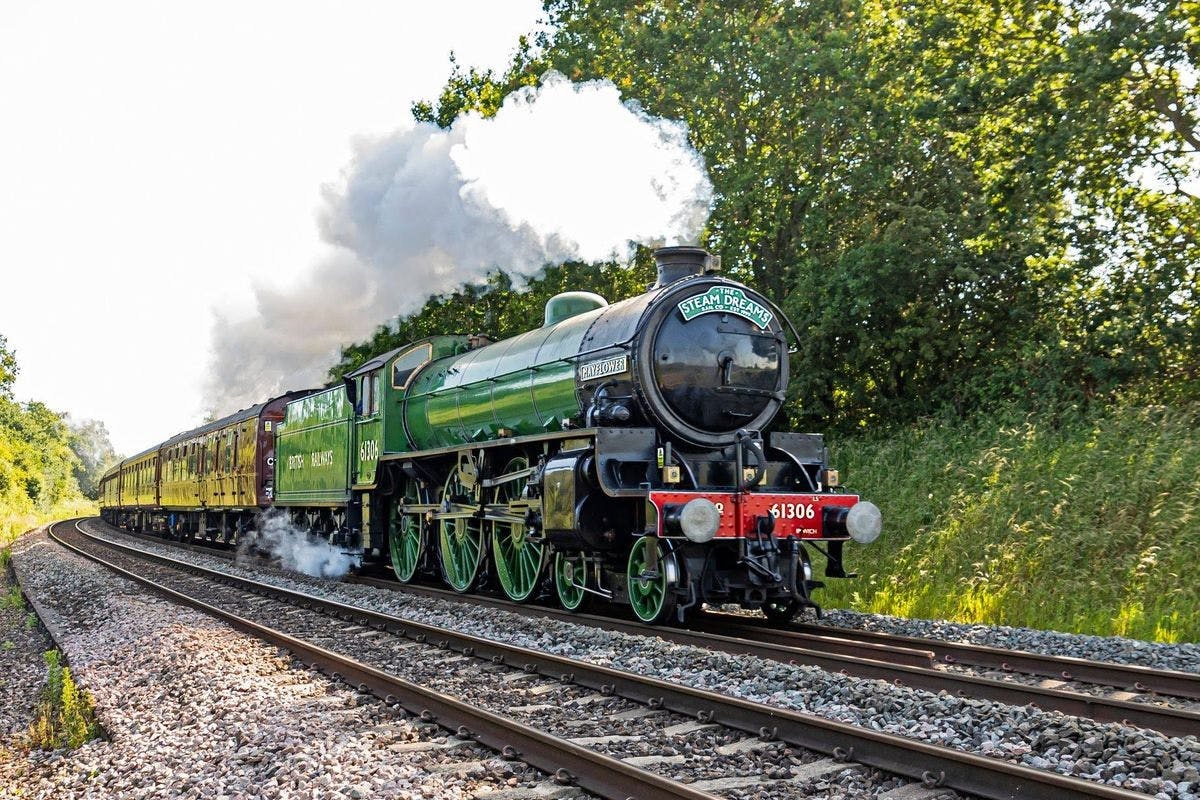
Summary
Now you’ve read about how to drive a steam locomotive, you’re probably itching to put your new-found knowledge to the test. Luckily, we have a fantastic range of Steam Train Experiences that’ll allow you to journey on one around some of the most enchanting locations in the UK as well as taking full control of one with one-to-one guidance from a trained professional. Browse our collection below to live out your steam train driving fantasies.
